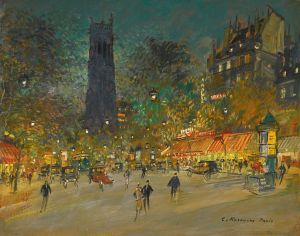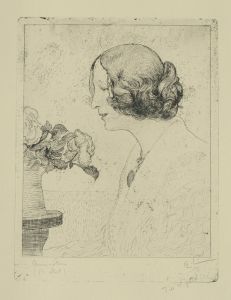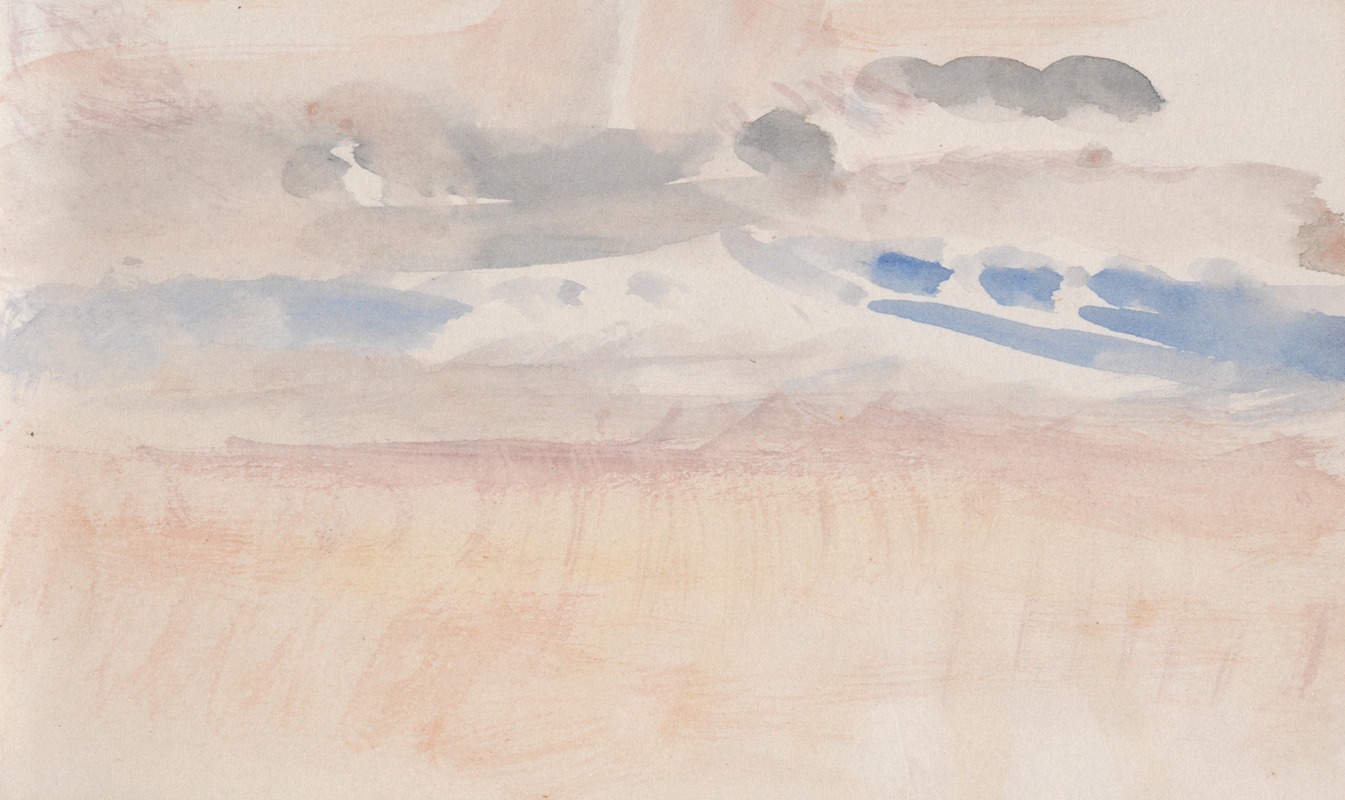
The Channel Sketchbook 20
A hand-painted replica of Joseph Mallord William Turner’s masterpiece The Channel Sketchbook 20, meticulously crafted by professional artists to capture the true essence of the original. Each piece is created with museum-quality canvas and rare mineral pigments, carefully painted by experienced artists with delicate brushstrokes and rich, layered colors to perfectly recreate the texture of the original artwork. Unlike machine-printed reproductions, this hand-painted version brings the painting to life, infused with the artist’s emotions and skill in every stroke. Whether for personal collection or home decoration, it instantly elevates the artistic atmosphere of any space.
Joseph Mallord William Turner, an English Romantic painter, printmaker, and watercolorist, is renowned for his expressive colorizations, imaginative landscapes, and turbulent marine paintings. Among his extensive body of work is "The Channel Sketchbook 20," which is part of a series of sketchbooks that Turner used throughout his career to capture preliminary ideas and studies for his larger works.
Turner was born in 1775 in Covent Garden, London, and showed an early aptitude for art. He entered the Royal Academy of Arts at the age of 14, and by 1796, he had exhibited his first oil painting. Throughout his life, Turner traveled extensively across Europe, drawing inspiration from the landscapes and seascapes he encountered. His sketchbooks were essential tools in his creative process, allowing him to quickly capture scenes and ideas that he would later develop into finished works.
"The Channel Sketchbook" is one of many sketchbooks Turner used during his travels. This particular sketchbook, cataloged as number 20, contains studies related to the English Channel, a body of water that separates Southern England from northern France. The English Channel was a significant subject for Turner, as it was not only a vital maritime route but also a source of dramatic natural beauty and atmospheric effects, which were central themes in his work.
Turner's sketchbooks were typically small and portable, enabling him to carry them easily while traveling. They contain a variety of sketches, from quick pencil outlines to more detailed watercolor studies. These sketches often served as the foundation for Turner's larger oil paintings and watercolors. In "The Channel Sketchbook," Turner captured the dynamic and ever-changing nature of the sea and sky, elements that he would famously depict in his later works.
The sketches in "The Channel Sketchbook" reflect Turner's keen observation of light, weather, and movement. His ability to convey the mood and atmosphere of a scene with minimal lines and washes is evident in these studies. The sketchbook provides insight into Turner's working methods and his process of transforming initial observations into the evocative and dramatic compositions for which he is celebrated.
Turner's fascination with the sea and maritime subjects is well-documented, and his works often explore the relationship between humanity and nature. The English Channel, with its historical significance and natural beauty, provided Turner with a rich source of inspiration. His sketches from this period demonstrate his interest in capturing the transient effects of light and weather, themes that would become central to his mature style.
"The Channel Sketchbook 20" is part of the Turner Bequest, a collection of works left to the British nation upon Turner's death in 1851. The bequest includes over 300 oil paintings and approximately 30,000 sketches and watercolors, housed primarily at Tate Britain. This extensive collection offers a comprehensive view of Turner's artistic development and his contributions to the Romantic movement.
In summary, "The Channel Sketchbook 20" by Joseph Mallord William Turner is a testament to the artist's skill in capturing the essence of the natural world through his sketches. It highlights his ability to observe and depict the interplay of light, weather, and the sea, elements that are central to his enduring legacy as one of Britain's greatest artists.





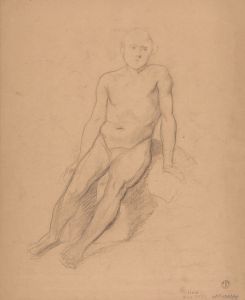
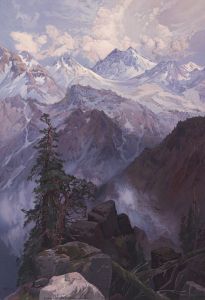
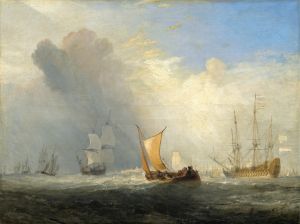
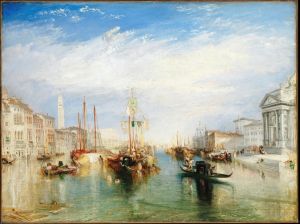
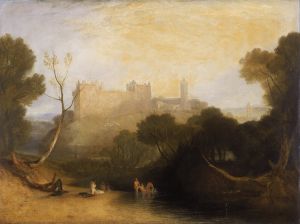
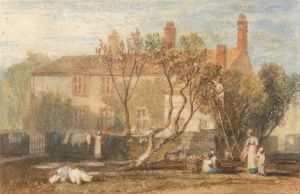
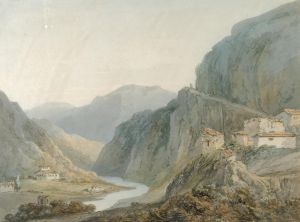
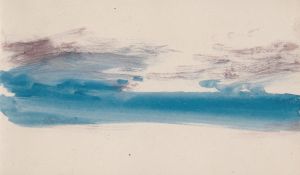
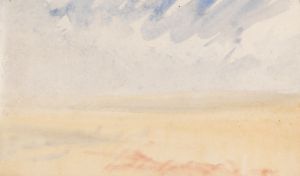
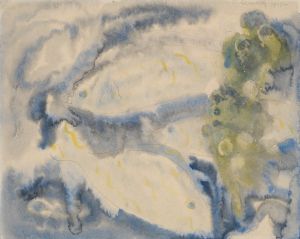
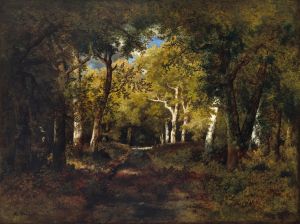
![[Graphic designs for Fortune magazine.] [Study for cover with telephone lines and wings over the globe](/imgs/249241/s/winold-reiss-graphic-designs-for-fortune-magazine-study-for-cover-with-telephone-lines-and-wings-over-the-globe-5933e802.jpg)
